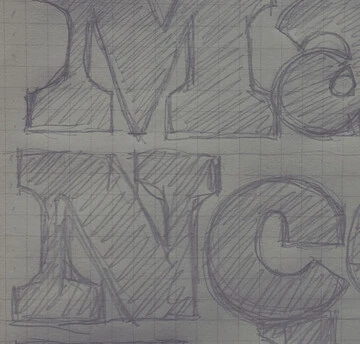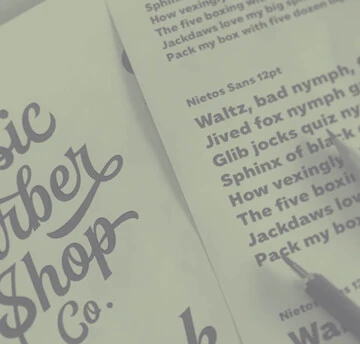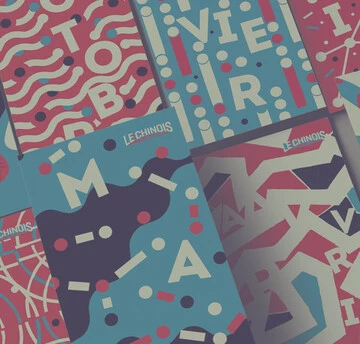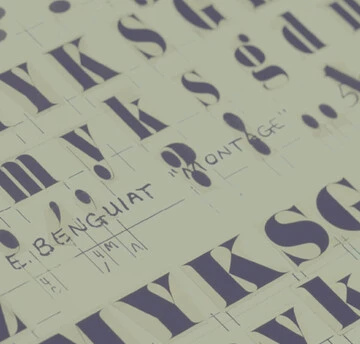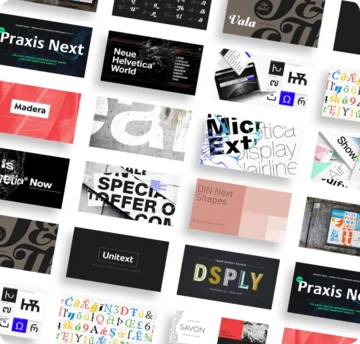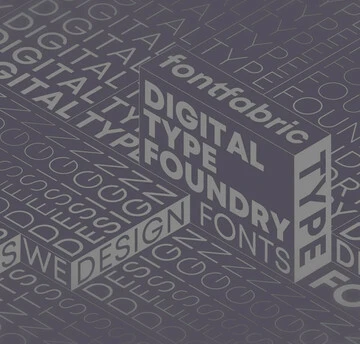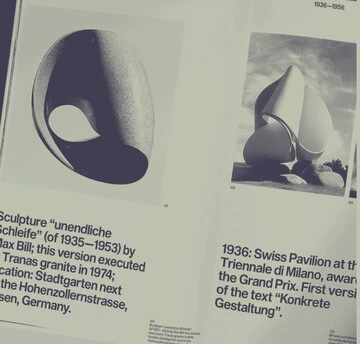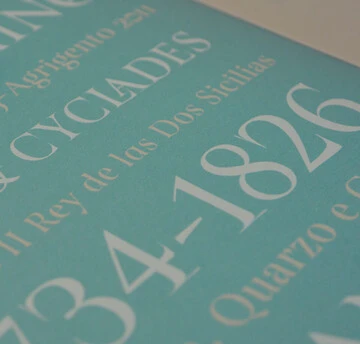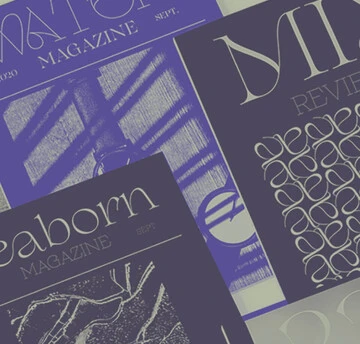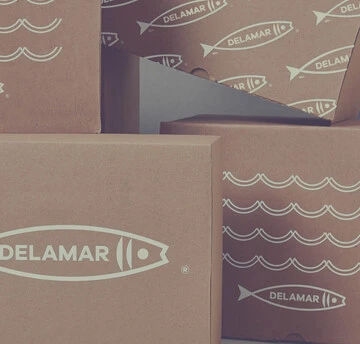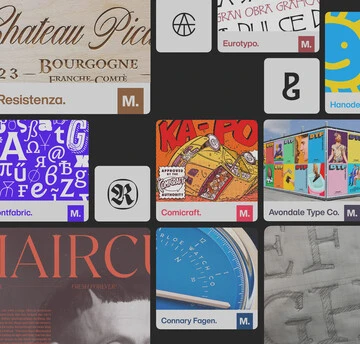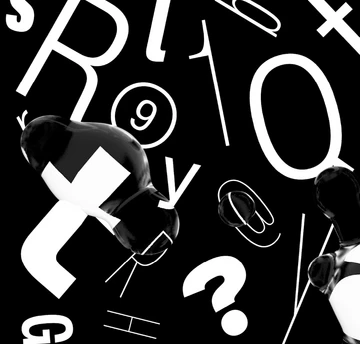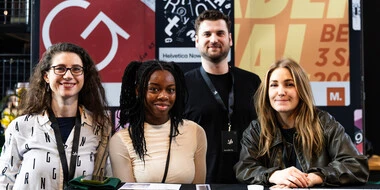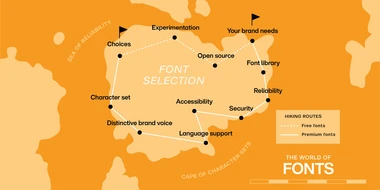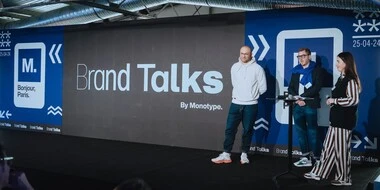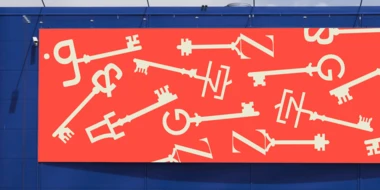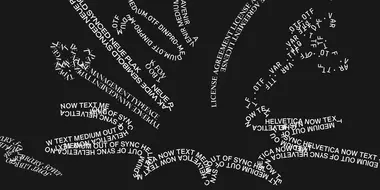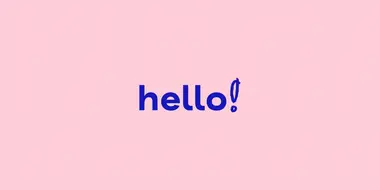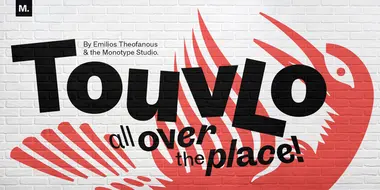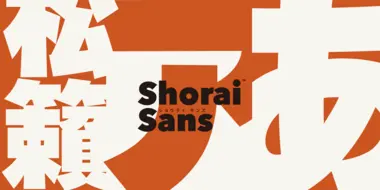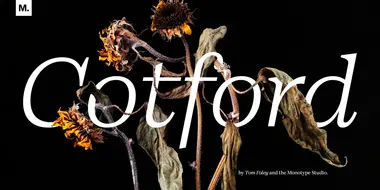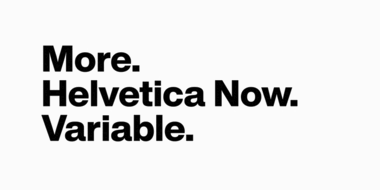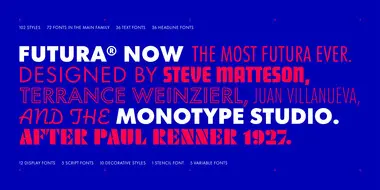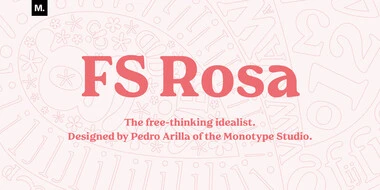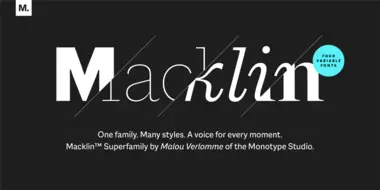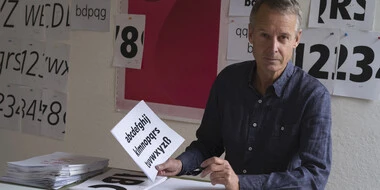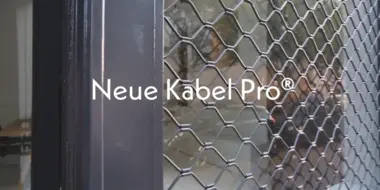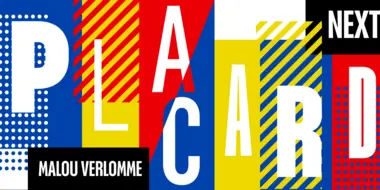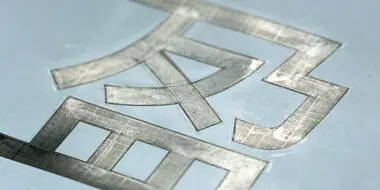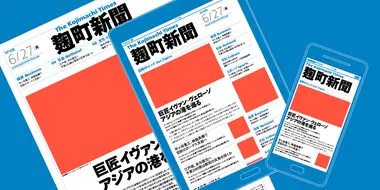Highlights from Monotype at ADC Hamburg.
From June 4th to 7th, 2024, the creative industry gathered in the port of Hamburg for the ADC Festival 2024. A who’s who of German and global design, and an event we certainly weren’t going to miss! We had the pleasure not only of attending, but also speaking and hosting partnered activations with Merchery. Here’s the low-down on what we got up to at the festival:
Fonts: To Free, or Not to Free?
With so many fonts available for free, why should you ever pay for one? This is the question many brands face. There are plenty of high-quality free fonts available from reputable libraries that will do the job for a variety of projects.
Brand Talks Paris
We recently had the pleasure of hosting Brand Talks in Paris. It was our second time ever hosting in the French capital and was a great success! Surrounded by stunning views of the Parisian skyline, the Eiffel tower looking over from afar, we sat down for a captivating afternoon, listening to some of the industry’s finest.
Why forward-thinking font planning pays off.
With great digital presence comes the great responsibility of protecting your digital assets. Fonts stand bravely at the frontlines of your organization’s brand, valiantly broadcasting its values at every touchpoint. Therein lies the question - how does a brand protect its fonts so the fonts can speak for the brand?
7 common problems organizations face due to poor font management practices.
Every organization has their own approach to managing their fonts, but oftentimes these practices aren’t consistent across the board. This makes working with fonts tricky and causes issues over time.
What do your fonts say about you?
Your customers see your brand through design and typography. Typography is your brand’s ambassador. It is your visual voice, speaking for you every hour of every day, everywhere your brand lives.
Touvlo: a zestful, modern grotesque with lively flair.
New from the Monotype Studio’s Creative Type Director, Emilios Theofanous, Touvlo – meaning brick in Greek – is an homage to London and the view from his studio window.
Shorai Sans.
New from the Monotype Studio, Shorai Sans is a contemporary Japanese sans serif designed by Creative Type Director, Akira Kobayashi; type Designer, Ryota Doi; and typography legend, Yukihiro Nakamura.
Cotford takes you places: A soulful, contemporary serif typeface for the digital age.
New from the Monotype Studio, Cotford is a contemporary serif from Creative Type Director, Tom Foley. Cotford is available as a variable font and as 16 static weights, including Display and Text styles. Cotford is available to all Montoype Fonts customers and can also be purchased at MyFonts.
More of everything, for everyone. Introducing Helvetica Now Variable.
Helvetica Now Variable, new from the Monotype Studio, offers more than a million new Helvetica styles in one state-of-the-art font file, allowing you to create infinite shades of expression, incredible typographic animations, and ultra-refined typography.
Introducing Futura Now: The definitive version of an iconic family.
Futura Now is the definitive version of the definitive geometric sans, re-digitized based on Paul Renner’s original designs and updated to provide a more contemporary typographic palette.
Meet FS Rosa.
Serif typefaces are sometimes seen as serious and overtly intellectual, a more somber sister to their laid-back counterpart, the sans serif. But FS Rosa breaks away from these conventions by combining the classic elegance of a serif with warmth and frivolity, created by its round letterforms and curves.
Meet Macklin.
Malou Verlomme’s Macklin superfamily is a gently irreverent take on the display type of the late 19th century, with an elegant twist that updates these letterforms for modern use. Choose one style, or use the entire variable family as a type toolbox.
Veto Sans and the art and craft of Marco Ganz
“Typeface design is not an art. It’s a craft,” says Marco Ganz, the designer of Veto Sans. “People are familiar with letters. Letters have a purpose. Art has no purpose beyond making people think or wonder.”
Neue Kabel: reshaping a lost classic.
Neue Kabel brings back the liveliness of the original’s strikingly quirky characters, while adding in the long-lost italics and missing glyphs needed for it to address a wide range of editorial and branding purposes.
Meet Placard Next.
Placard Next is a reimagined version of a 1930s poster design, that takes all the original quirky details and refines them for digital use. Its condensed versions pack an instant typographic punch when used at large sizes, introducing some unusual flavor to posters, headlines and anywhere else designers need to make a statement.
A digital-ready Chinese sans-serif is born.
Many Chinese typefaces have a reputation for looking dated and not reading easily on small screens— not M Ying Hei. It checks all the boxes that it’s forefathers can’t.
Tazugane Gothic.
The first Japanese typeface from Monotype is a humanist sans serif, designed to work in partnership with Neue Frutiger. Tazugane Gothic sets out to introduce a new typographic standard, allowing designers to comfortably set Latin and Japanese characters alongside one another while maintaining visual harmony.
